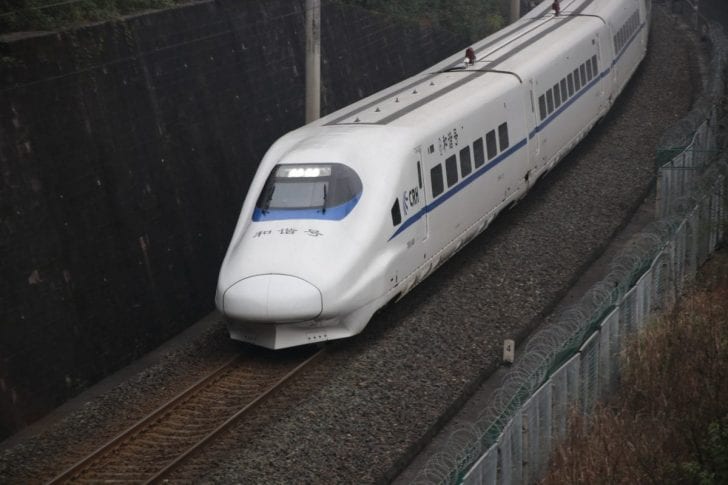The past year, when the coronavirus ran berserk on the streets of the world all over, people had to be detained at home, adhering to a strict self-isolation policy. This meant frequent travelers had to abandon their plans and stay home and inbound.
Ceasing international travel may have seemed like a ludicrous impossibility back in the pre-corona days, but the virus has altered the world’s general landscape. People realized that it is possible to break patterns and live a different kind of life- one that is free of travel, free of socializing, and free of multiple visits to the general store to snack on harmful foods.
Over the past century, people continued to evolve travel modes, from animal-powered carts to trains, buses, personal cars, bullet trains, and airplanes. It seems like this industry will keep on advancing without a backward glance.
Environmentally-Friendly Travel in Pre-Covid Times
In the past, there were efforts made to reduce the carbon footprint of travel vehicles. There was the advancement of catalytic converters that helped breakdown harmful greenhouse gases into oxygen and carbon dioxide.
Likewise, there was an emphasis on using trains instead of airplanes. There is also an awareness of using buses instead of cars for regular travel, and finally comes the invention of hybrid cars to relieve pressure on scarce oil resources.
Coronavirus has presented another opportunity to think deeper about smart travel and the necessity of travel. Here’s how travel patterns are expected to change in 2021.
1. Travelling for Adventure
People have discovered that traveling for adventure does not have to mean traveling through airplanes to unseen lands. Adventure can be searched locally and within one’s country by exploring cultural and traditional differences.

2. Traveling by Train
People could also try substituting air travel with land travel for visiting neighboring countries. Not only does it result in only 10% of the carbon footprint that may have resulted from travel through a plane, but it will also create demand for improvement of inland travel. It is possible that fast bullet train networks may become more widespread and become the dominant mode of transportation.

3. Videoconferencing
There has also been an increased inclination towards using social platforms like Zoom and Google Meet to arrange virtual meetings among people spread across the globe to avoid transport.

In the future, there is hope that people will adopt environmentally friendly means of transport and become conscientious citizens of the global village.
